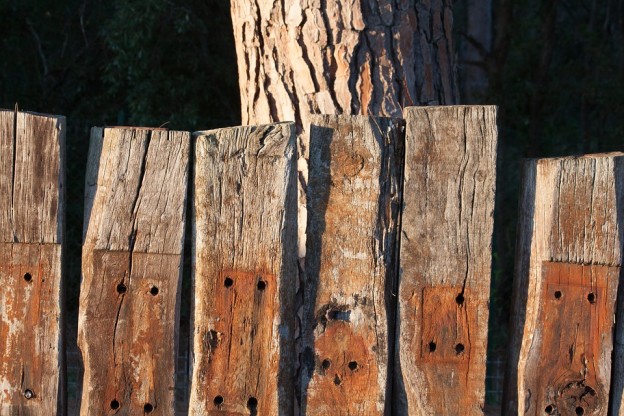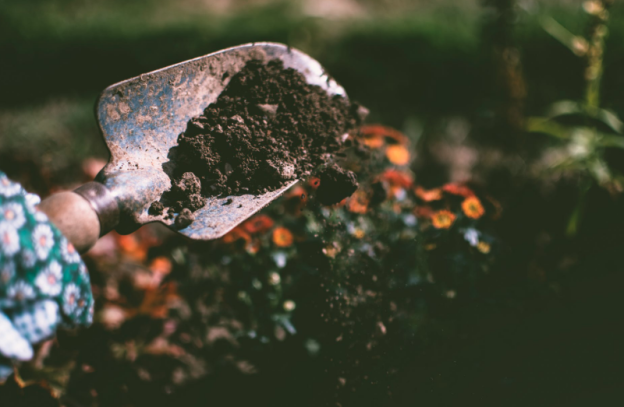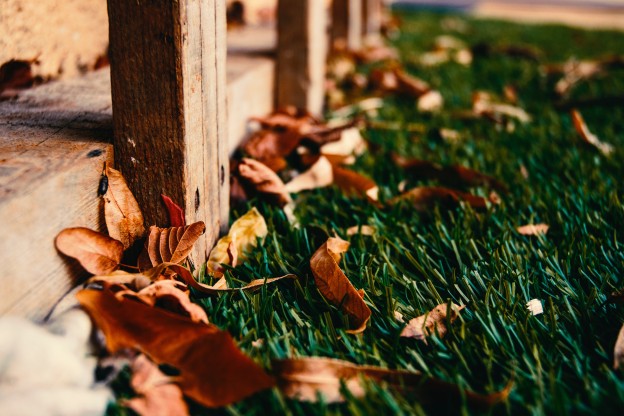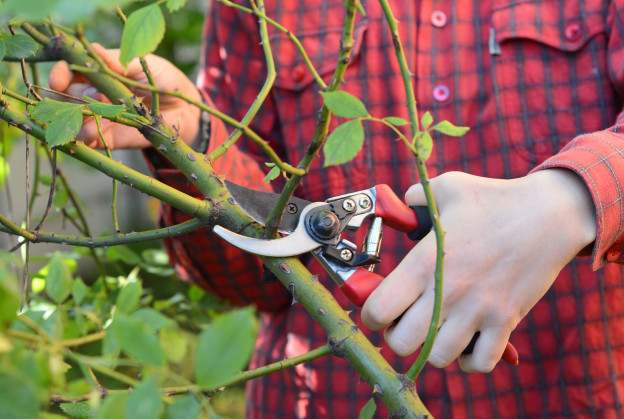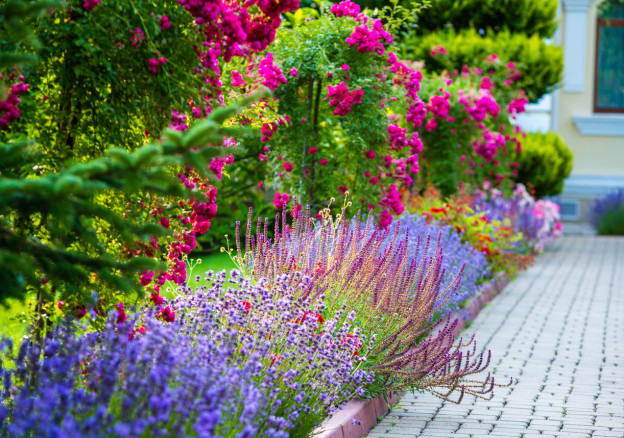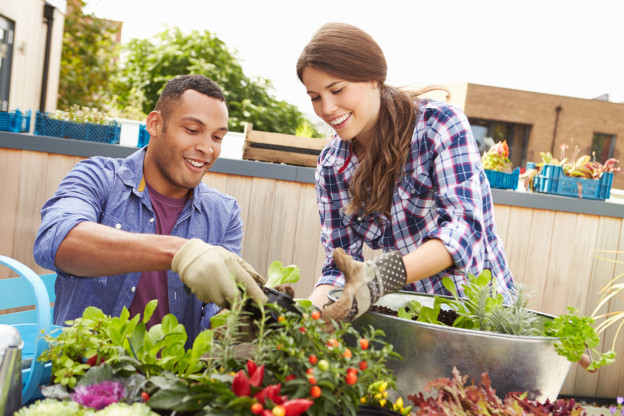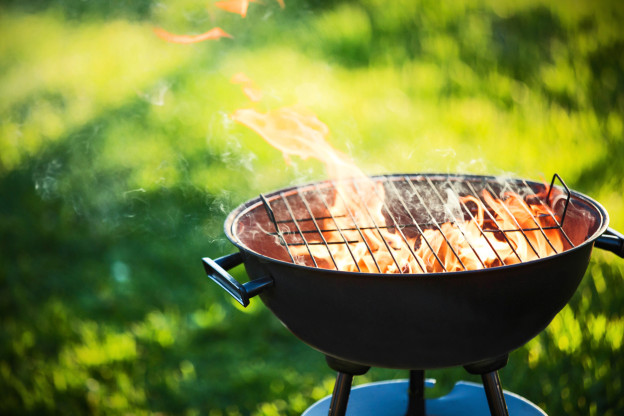Railway sleepers are those rectangular pieces of wood that you’ll see supporting railway tracks. They help the rails stay evenly spaced, upright, and in the correct shape.
But did you know that they’re also fabulous for creating stunning garden features?
Use them in your garden project and you’ll transform the look and feel of your garden, and perhaps even make the neighbours green with envy.
Here are some tips on how you can include railway sleepers in your garden, including project ideas, how to lay railway sleepers and where you can buy them.
Railway sleeper project ideas
Railway sleepers make a versatile, attractive and hard-wearing addition to any garden, adding natural texture and an eco-conscious feel to your outside space.
Here are our favourite ways you can use them.
1. Create a path
Make a great easy pathway on grass or gravel to add a touch of rustic chic to your outdoor space.
2. Build some garden steps
If you’re not a fan of bricks or stone, why not use those sleepers to make some steps instead? You can create the exact garden look that you want, they age really well, and they’re very straightforward to make.
3. Edge your veg
You could also use your railway sleepers to create an attractive boundary between your vegetables, flowers and the rest of your garden.
4. Build a raised bed
If you have poor soil quality, minimal space or you’d just like to keep your plants contained, use those sleepers to create a raised bed.
5. Craft a bench
Railway sleepers can also be used to create a stylish and rustic-looking bench which will fit perfectly in your garden design scheme.
6. Border your lawn
To create an effortless boundary for your lawn, lay some railway sleepers and then sit back to enjoy your handiwork!
Laying railway sleepers
Once you’ve decided which project you want to tackle, you can get stuck in! Here’s how:
Gather your tools
You only need a bare minimum of tools when you use railway sleepers in your garden. Usually, this involves a saw, a hammer, a screwdriver, wood screws, nails, a spirit level and safety equipment like gloves and goggles.
Clear the area
Before you start laying the railway sleepers, you also need to ensure the area is clear from unwanted vegetation and materials like rocks, roots and rubble.
Create your foundations
Next, you’ll need to prepare the area and then dig a shallow, level trench (unless you’re creating a piece of garden furniture), then add a bedding mixture to hold those sleepers in place. This will create solid foundations for your project.
Get building!
Once you’ve done this, you can start building your creation, using a combination of wood screws, nails or galvanised straps. Make sure you use your spirit level to keep everything looking professional.
Finish off
Then it’s time to trim away any excess material, gently round the edges of the wood and treat using a wood preservative if required. If you’re creating a planter, this is when you’d add your high-quality topsoil before standing back and appreciating the fruits of your labour!
Voila! You’re done.
Where can you buy railway sleepers?
The good news is that it’s easy to find railway sleepers for sale these days. You can find them in most garden centres and also online.
If you’re looking for railway sleepers in Sussex, Surrey and London, look no further than our dedicated page.
Railway sleepers add a unique touch to any garden space, so why not dive into one of these projects and transform your outside space?
